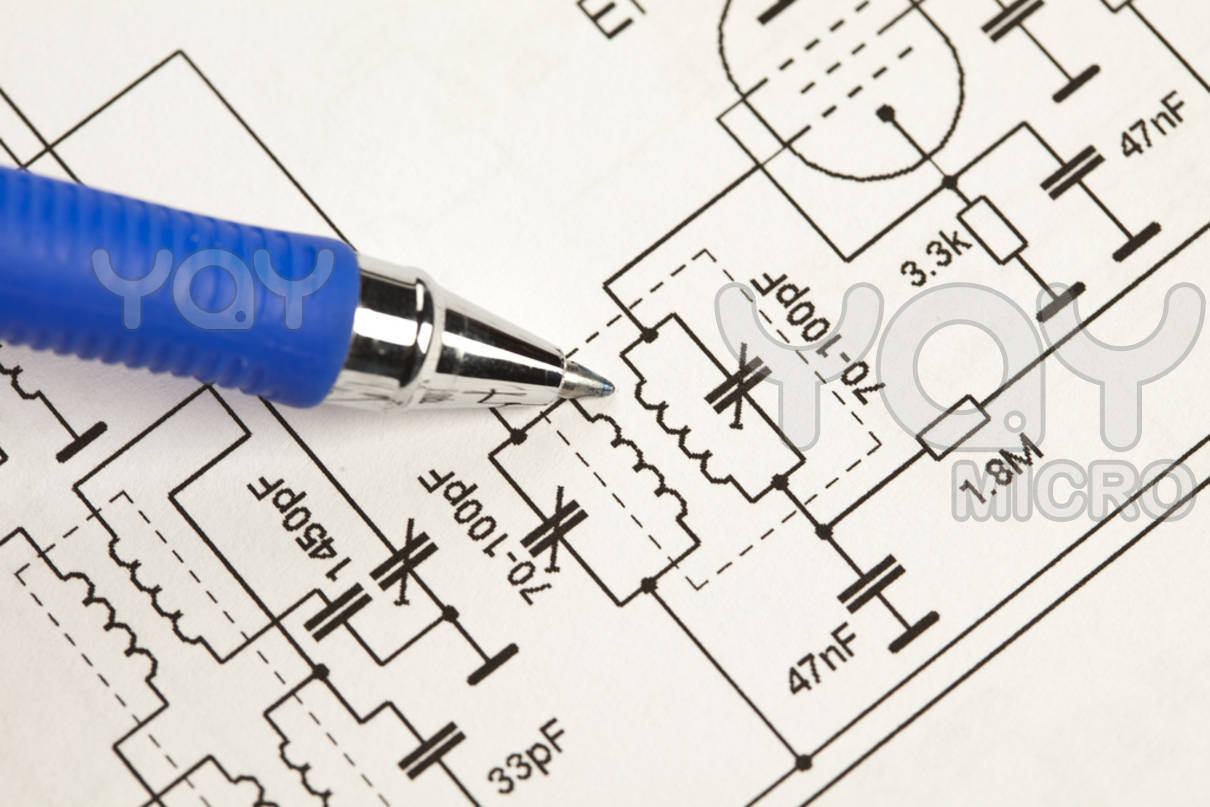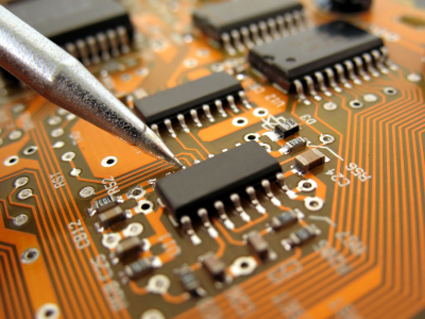 Receiver
schematic:
Receiver
schematic:|
Page last updated: 12/09/2012 |
Single band HF SSB / CW super heterodyne receiver
Detailed here within is a simple crystal controlled receiver originally developed to operate on a single fixed frequency to monitor QRSS transmissions on the 40m amateur band. Very similar in design to that of Receiver #1, other than a change to that of the audio output stage. It again can be easily adapted to operate on any of the HF amateur bands by simply altering key component values.
Design concept:
The design concepts primary goals were as follows:
Small and compact design.
Simple, easy to set up and easy to replicate design.
Using easy to source readily available, economic components.
Good performance on today's crowded HF amateur bands.
Receiver description single conversion super heterodyne.
The RF front end section comprising TR101,TR102,C102,C103, & C104 forming a three element Pi band pass filter impedance matched to both the antenna and first mixer IC101 (NE612). Although there is no RF pre-amplifier, the mixer IC101 does provide around 8db conversion of gain.
The receiver operating frequency is set by frequency of crystal Q101 (FQ101 = Frx + IF or FQ101 = Frx - IF). My receivers operating frequency is set to 7.0008MHz in order to monitor QRSS activity on the 40m amateur band, therefore (FQ101 = 7.0008 + 8.0000) 15.0008MHz. In reality the crystal used was 15MHz fine tuned to the correct frequency with padding capacitor CV101. Although it could be easily modified to cover a small section of a single amateur band i.e. the CW section, or for that matter part of the SSB section whilst still maintaining good frequency stability by adopting more aggressive VXO tuning of the crystal local oscillator.
The IF section comprising Q102, Q103, Q104, Q105, C110, C111, C112, C113, C114 form a four pole crystal ladder filter, this is where the bulk of the receivers selectivity is achieved. Here as with the RF front end there is no amplification provided at IF, although again there is around 8db of gain provided by the product detector IC102. Sideband selection being achieved by appropriate adjustment of CV102.
The AF section comprising of active devices T101 and IC104. Components C118, C119, & L103 forming a Pi low pass filter prior to T101 the audio pre amplifier, volume adjustment by RV101 before the final stage the AF power amplifier IC104 capable of providing several watts into an 8 ohm speaker.
The voltage regulator IC103. Providing a stabilised 8volt supply to both IC101 & IC102, this improves the frequency stability of the receiver at less than 15Hz in the first 60 minutes after switch on. Please note bypass capacitors C134 & C135 are essential to eliminate any noise generated by the voltage regulator IC, furthermore chokes L101 & L102, and bypass capacitors C132 & 133 are essential to ensure no noise is introduced to the two mixers IC101 & IC102.
 Receiver
PCB component placement / layout:
Receiver
PCB component placement / layout:
Original Files:
Further to the details of the pages above - the original CAD files created using EAGLE PCB Design software are included below, along with associated PDF files of both schematics and PCB layouts suitable for printing directly.
To use the original CAD files, they must be opened with EAGLE. Visit the CADsoft web site for more details, the software (including a freeware version), part libraries, tutorials, for EAGLE are available.
Receiver PCB component layout PDF
Receiver PCB bottom track layout PDF